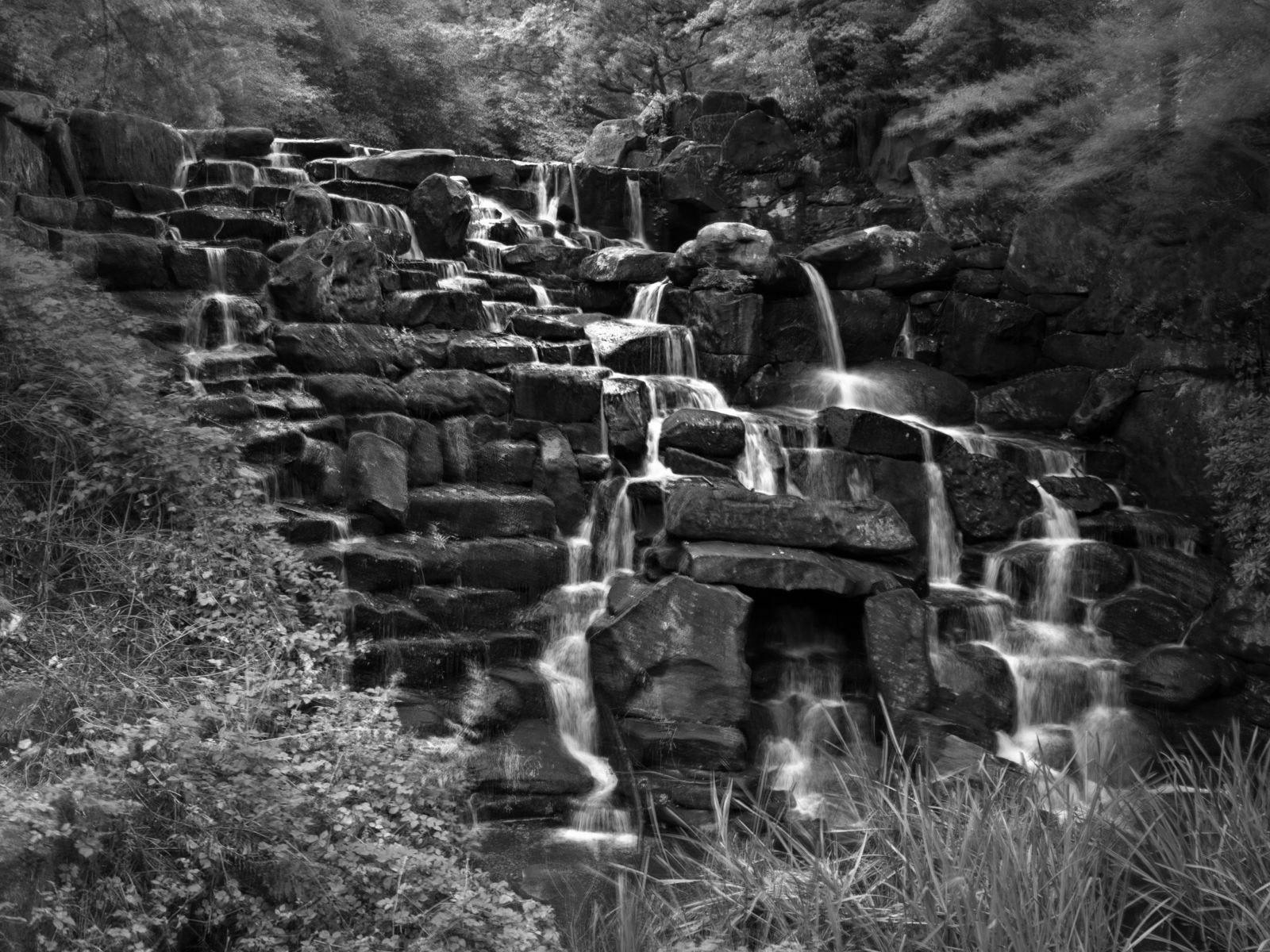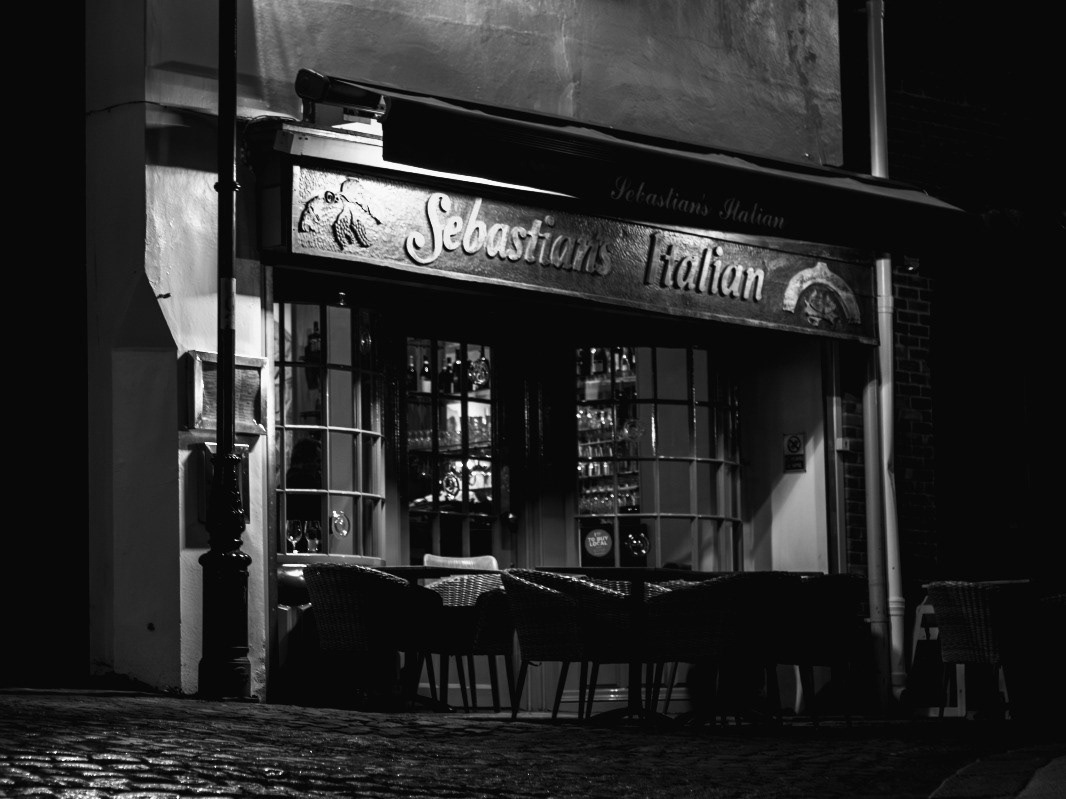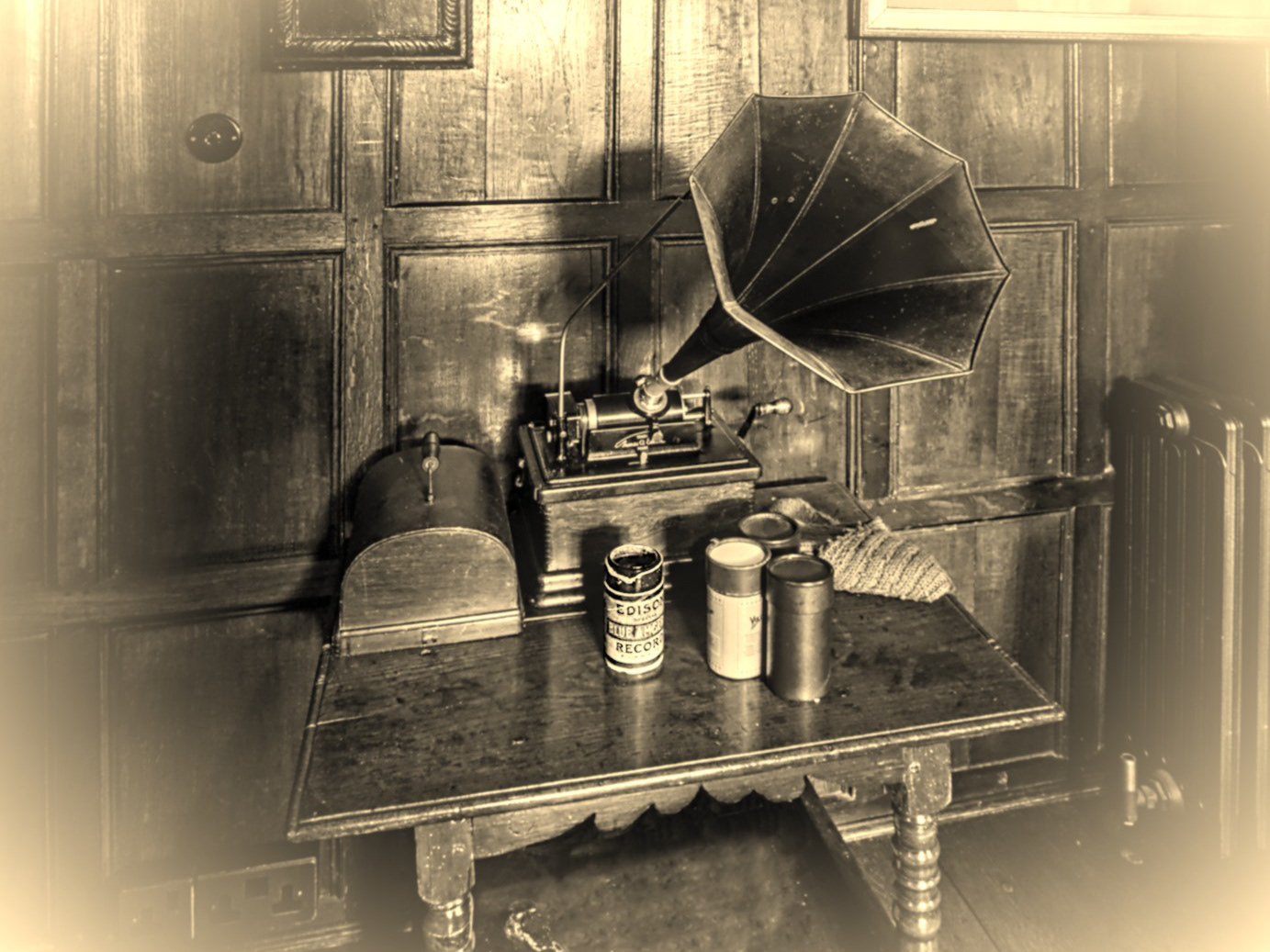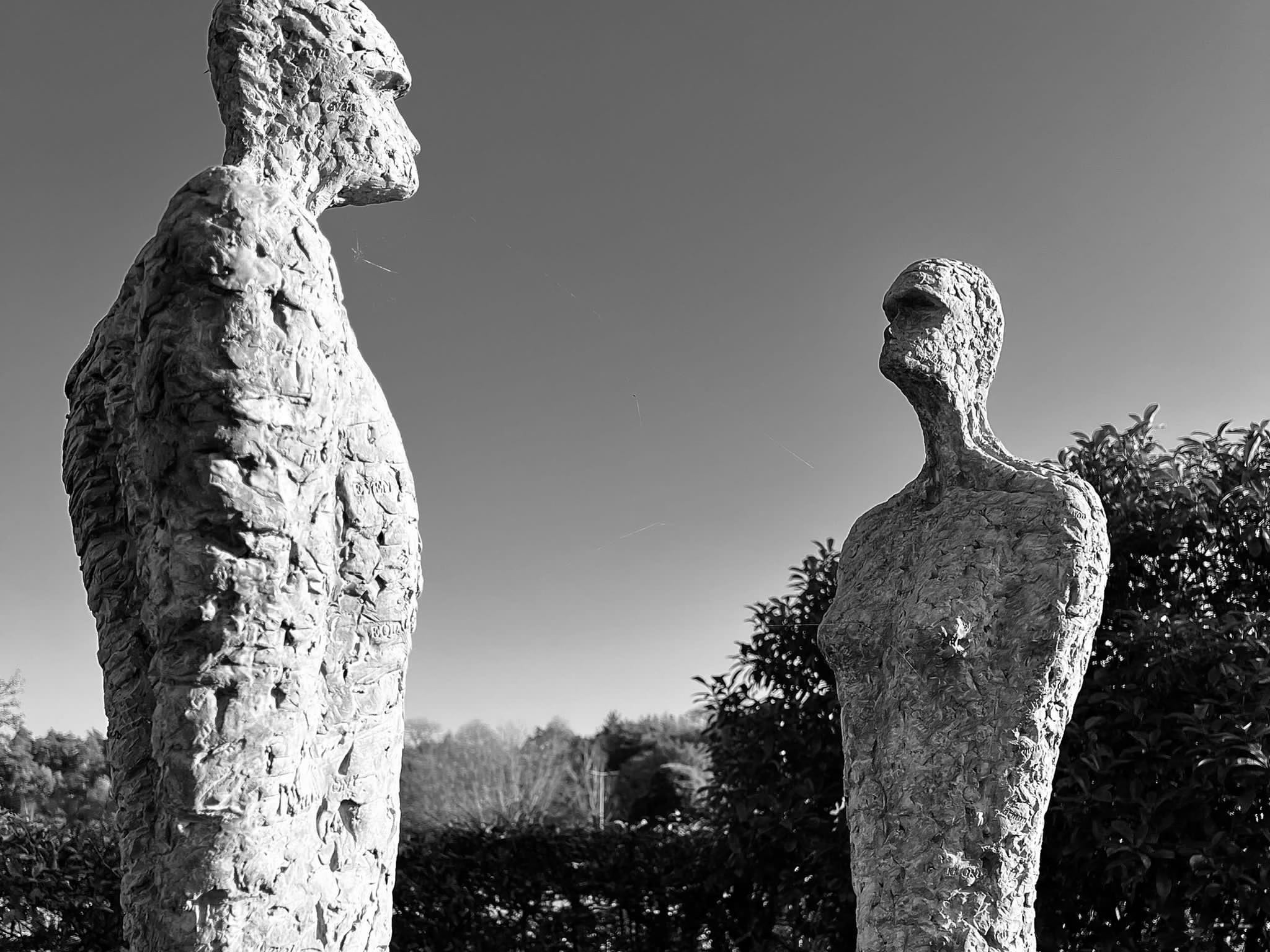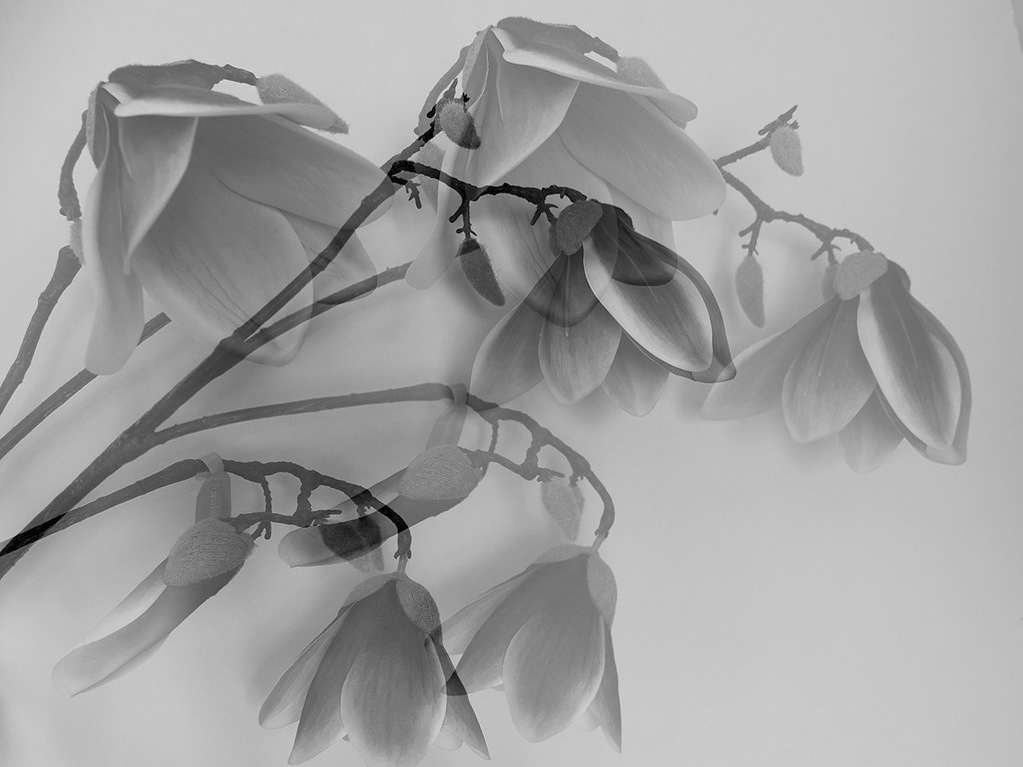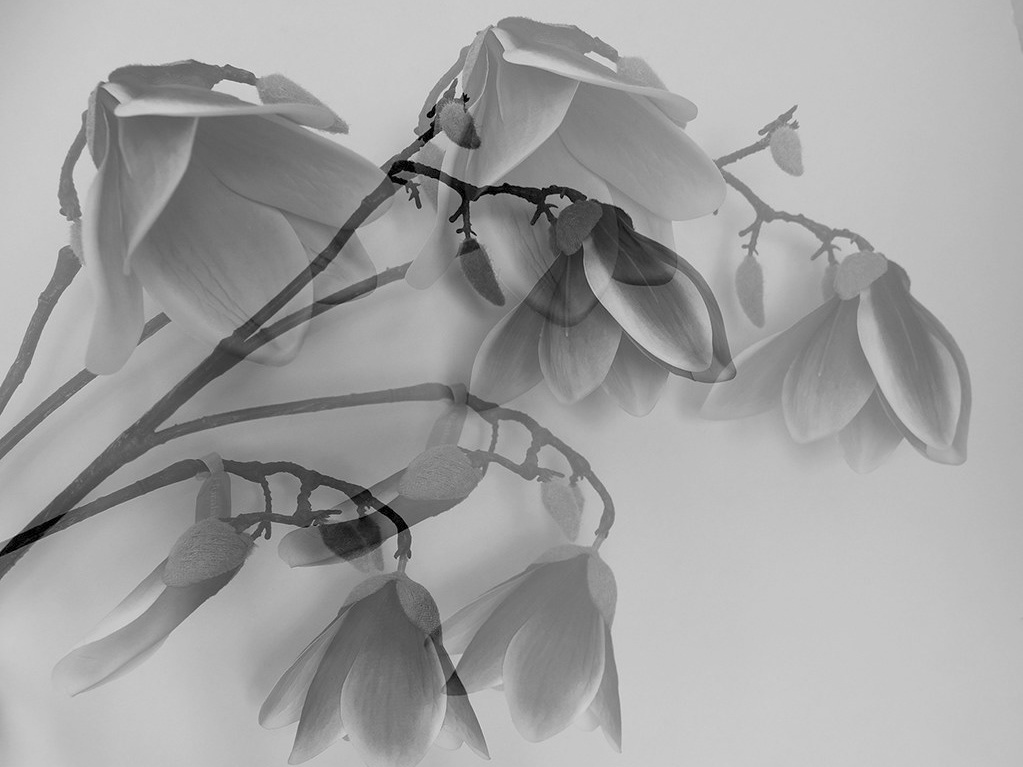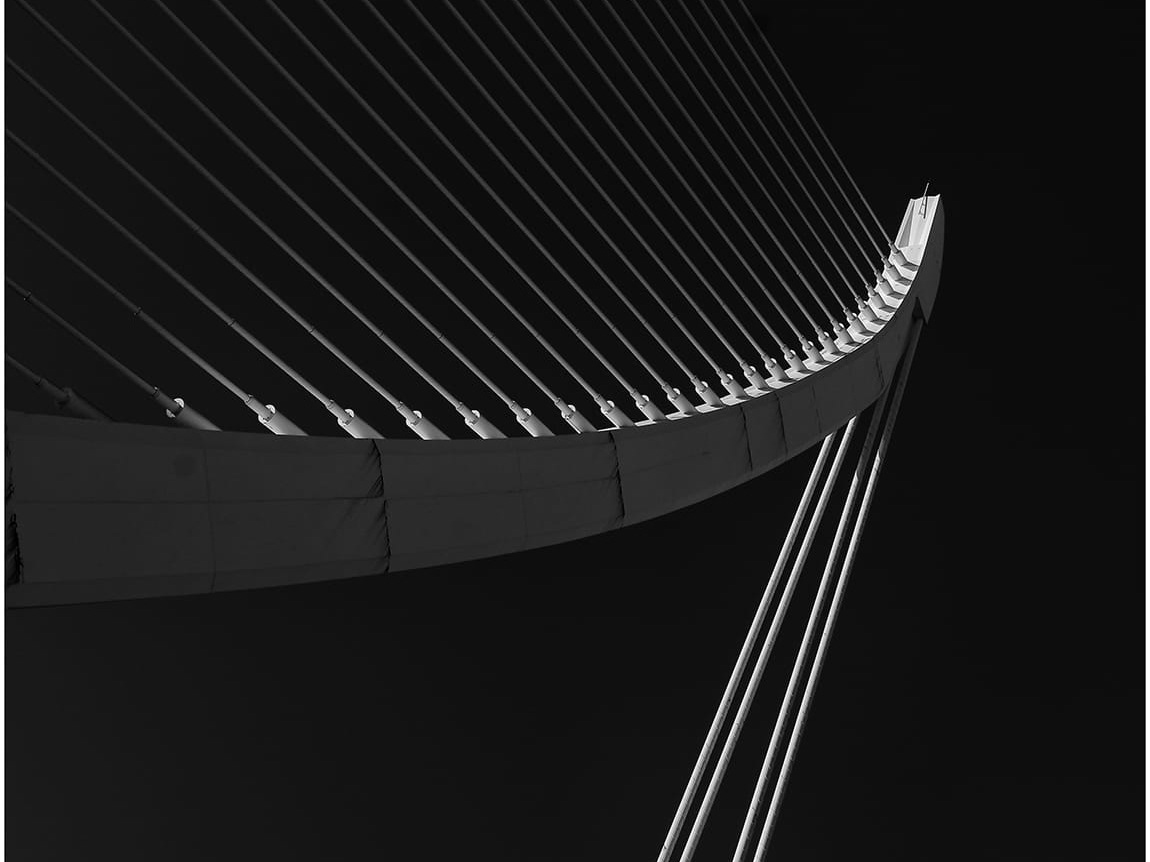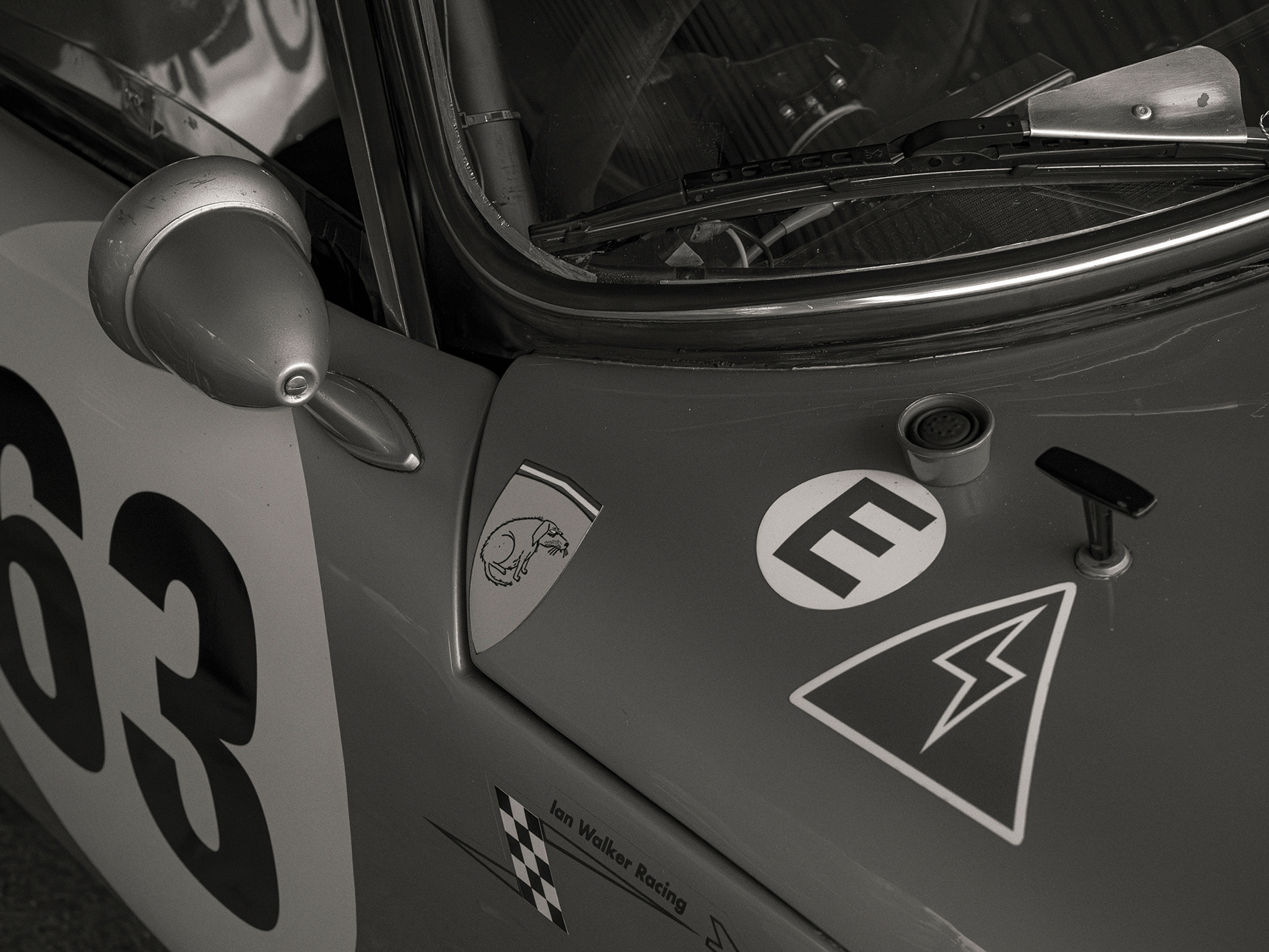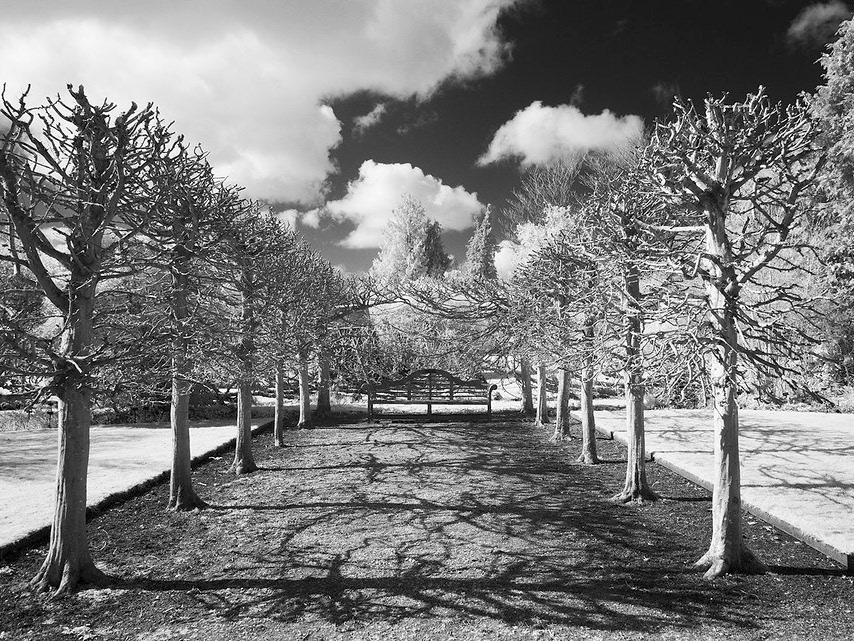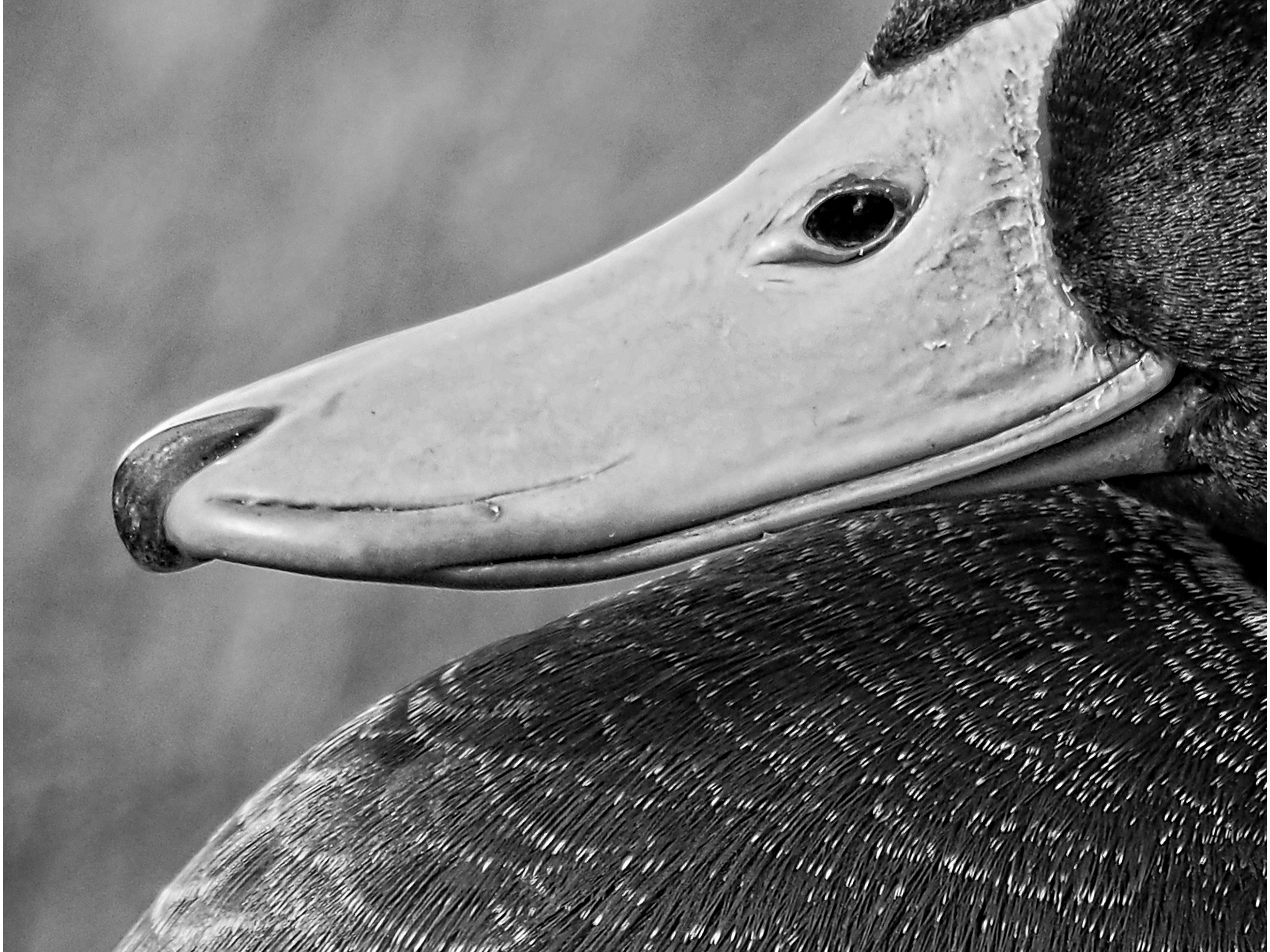The Japanese Provoke Movement
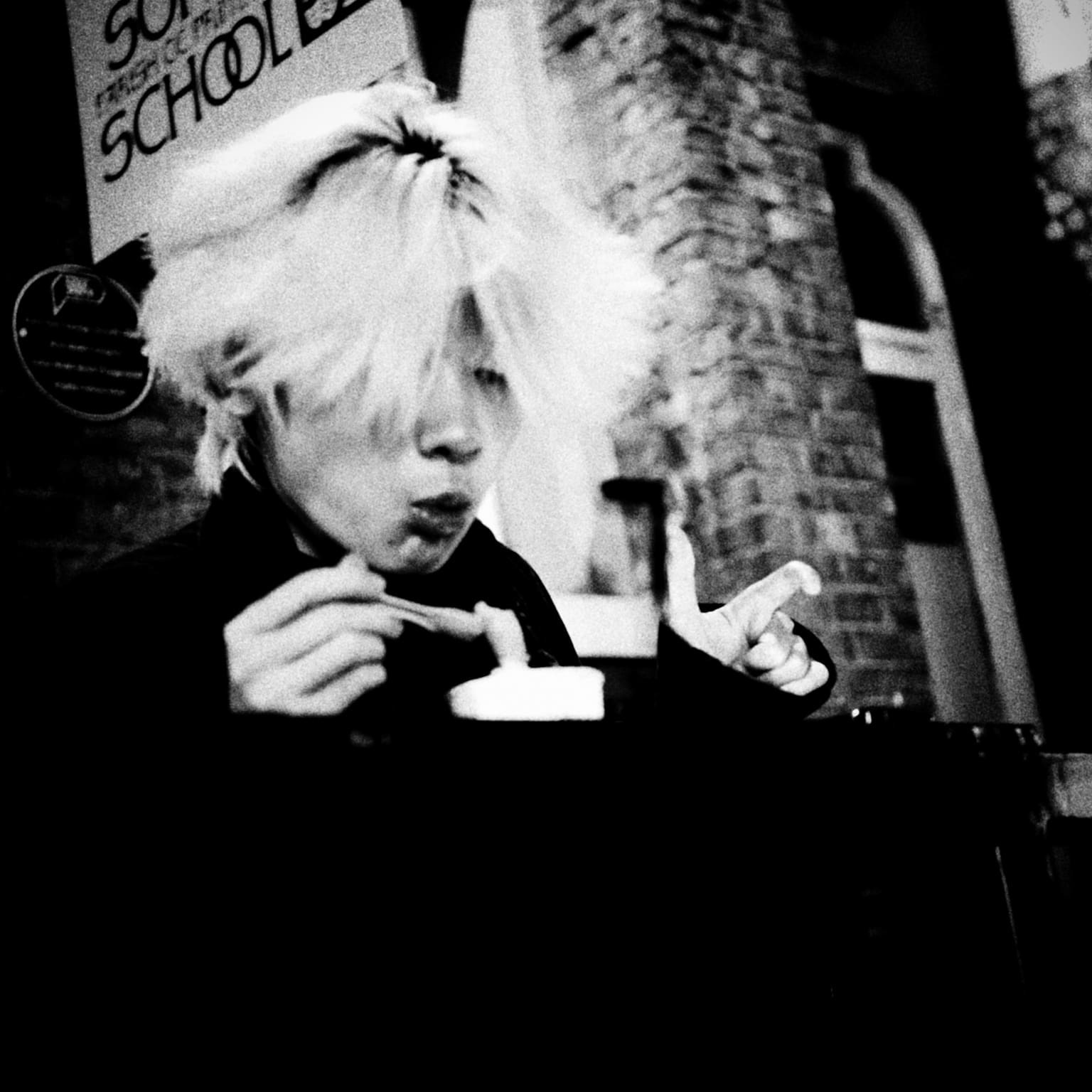
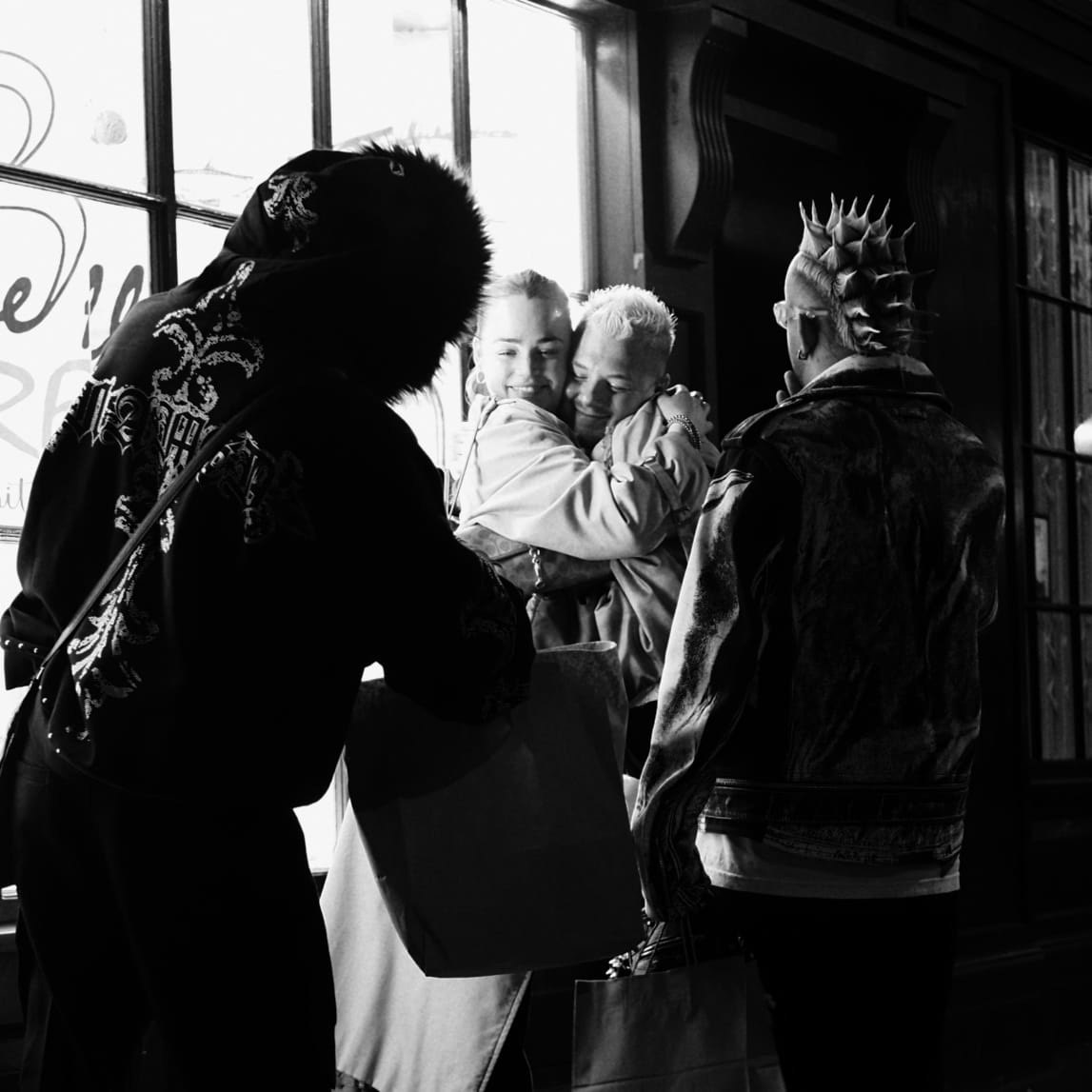
WPS Member James Cole captured these images while on a photowalk led by Nathan McLune
"Forget about perfect settings and sharp focus.
This is about raw emotion, grain, blur and atmosphere."
This is about raw emotion, grain, blur and atmosphere."
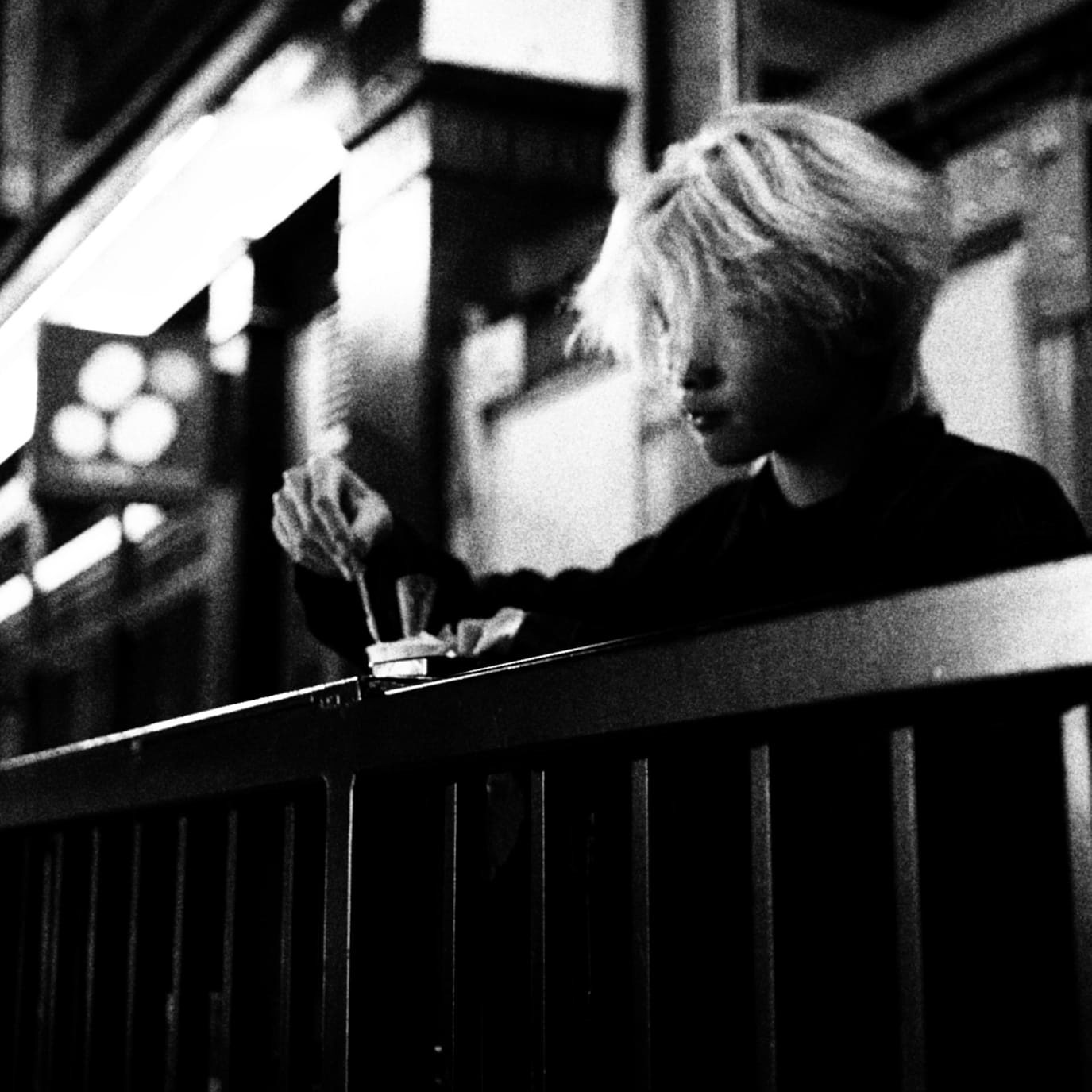
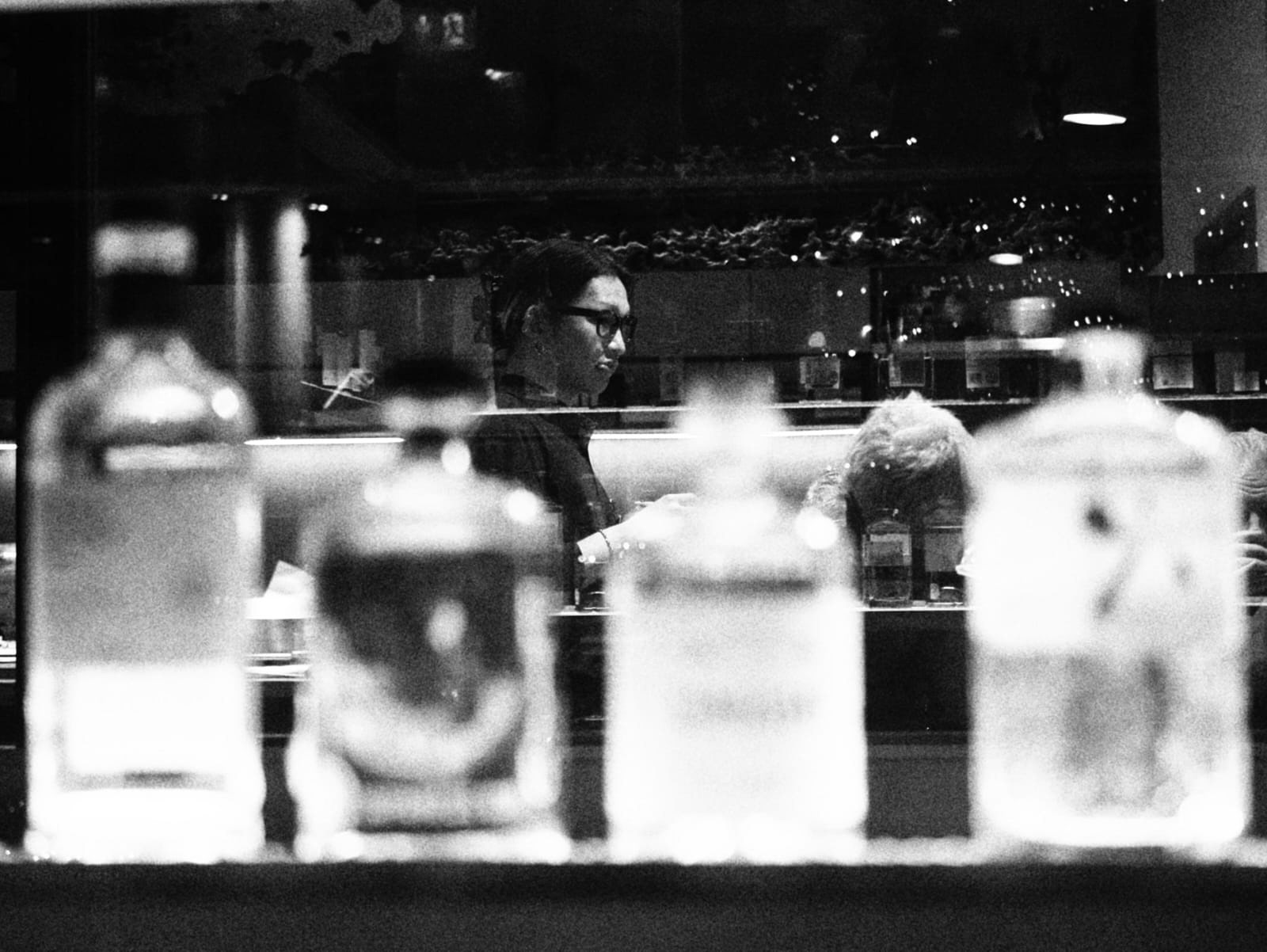
Grainy, Blurry, Out of Focus — The Japanese Provoke Style
For lovers of black-and-white photography, the Japanese Provoke movement is a revelation.
Born in the late 1960s, it redefined how we see and feel through monochrome imagery.
Where most sought technical perfection, Provoke photographers pursued emotional truth—
raw, uncertain, and fiercely alive.
Born in the late 1960s, it redefined how we see and feel through monochrome imagery.
Where most sought technical perfection, Provoke photographers pursued emotional truth—
raw, uncertain, and fiercely alive.
The style took its name from Provoke magazine (1968–1970), a short-lived but revolutionary publication founded by Takuma Nakahira, Daidō Moriyama, and Yutaka Takanashi. Their philosophy rejected glossy modernism and precision optics, instead favouring grain, blur, and darkness. Their high-contrast, black-and-white images of Tokyo’s restless streets captured the mood of a society in flux—alienation, energy, rebellion, and the strange beauty of imperfection.
To shoot Provoke style is to surrender control. Focus drifts. Light burns through silver halides like emotion on film. Shadows swallow detail. What remains is sensation—an instinctive response to the world rather than a record of it.
As Nakahira said,
“Photography is not a means of communicating thought. It is a way of confronting reality.”
As Nakahira said,
“Photography is not a means of communicating thought. It is a way of confronting reality.”
That philosophy continues to resonate today. Workshops such as
Nathan McLune's “Grainy, Blurry, Out of Focus – Soho: A Creative Photography Experience” reinterpret the Provoke ethos for contemporary cities. Participants are encouraged to explore instinctively—to feel rather than frame, to allow chaos to shape the image.
Nathan McLune's “Grainy, Blurry, Out of Focus – Soho: A Creative Photography Experience” reinterpret the Provoke ethos for contemporary cities. Participants are encouraged to explore instinctively—to feel rather than frame, to allow chaos to shape the image.
In an age obsessed with sharpness and megapixels, the Provoke style reminds us why monochrome photography endures. It is not about perfection—it’s about presence. Grain becomes poetry, blur becomes movement, and imperfection becomes the most honest expression of seeing.
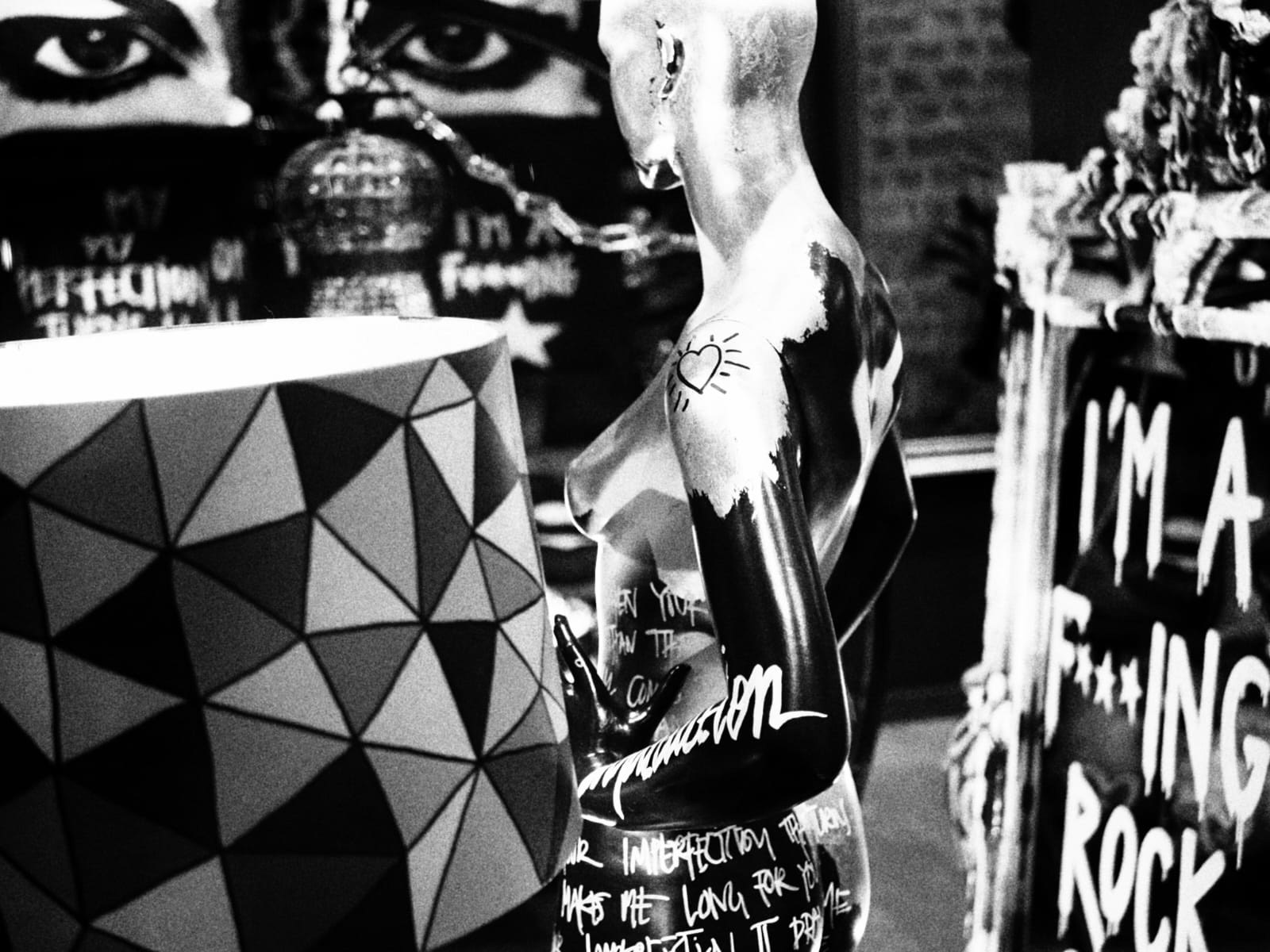
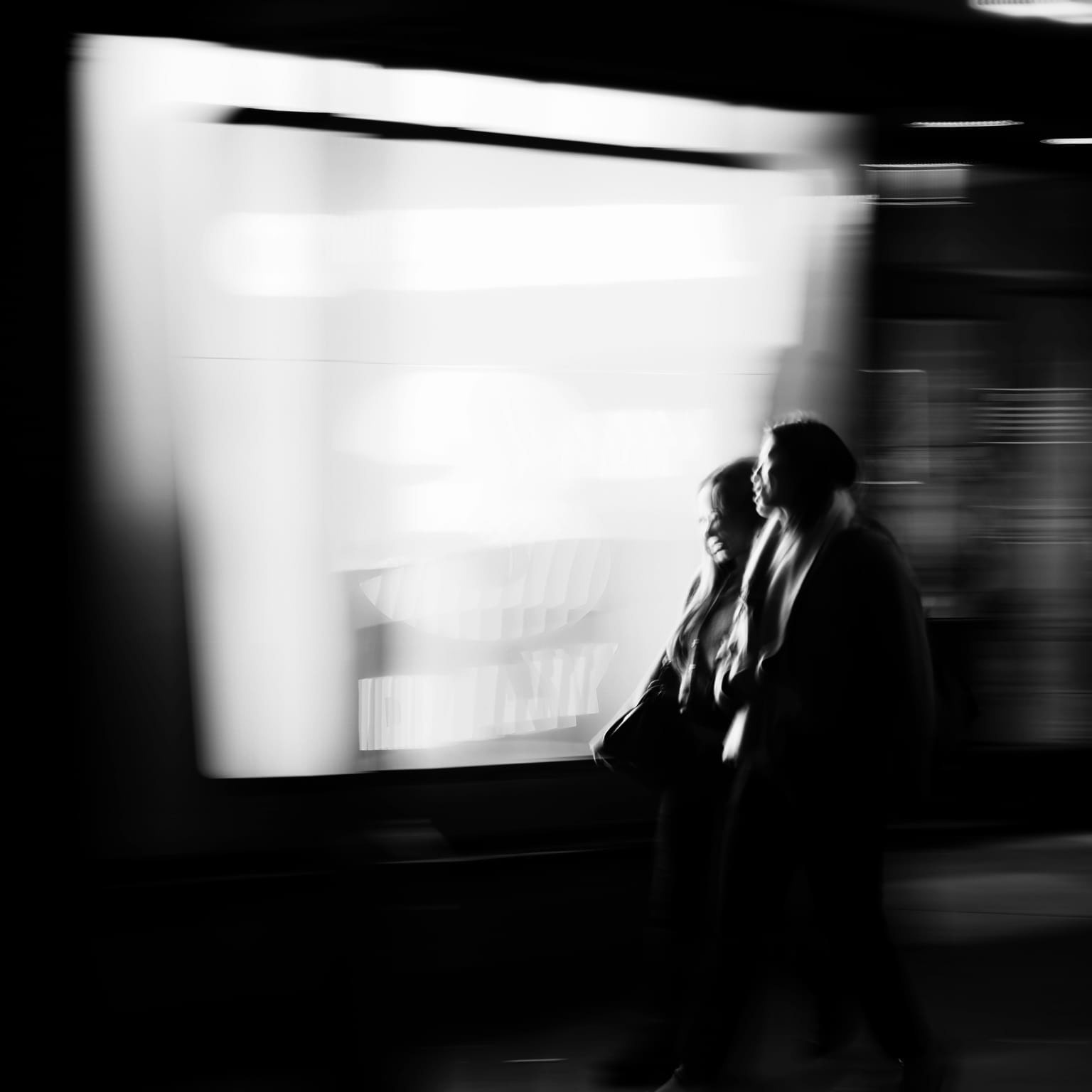
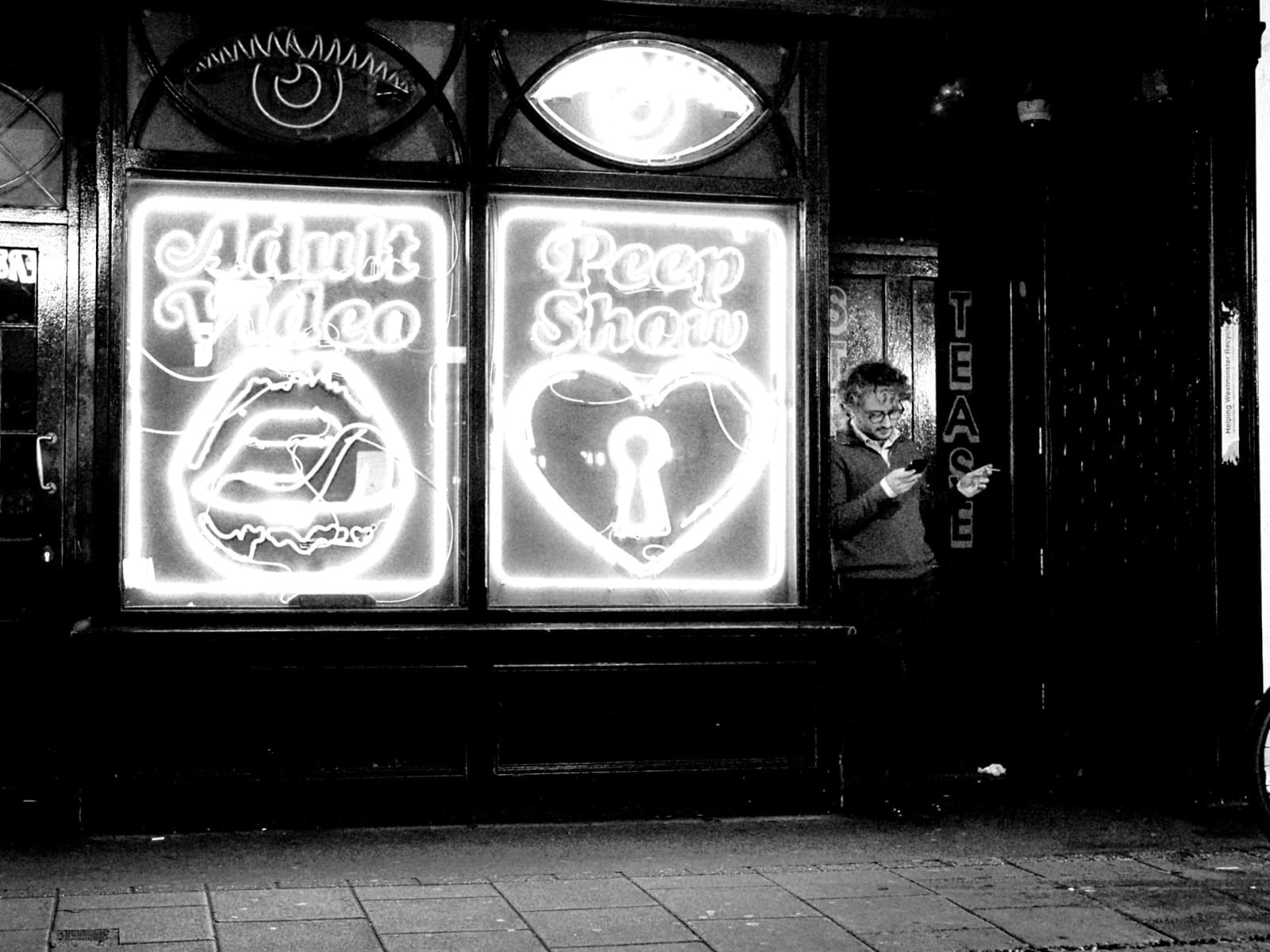
A Photo Challenge: Provoke Your Vision
Channel your inner Moriyama.
Head out with your camera (or even your phone) and break the rules:
Head out with your camera (or even your phone) and break the rules:
Shoot in monochrome mode.
Use a high ISO (1600–6400) to embrace visible grain.
Photograph movement, shadows, and urban fragments—don’t wait for perfection.
Intentionally let shots go out of focus or under/overexposed.

